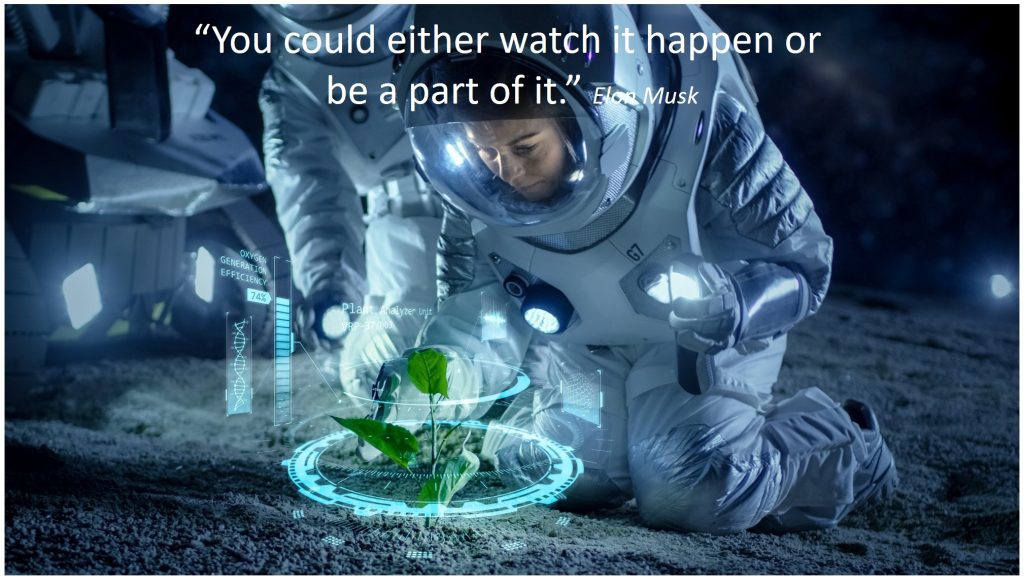
In the last ten years, space organisations globally, along with new market players, have made it easier to access space for scientific and technological research. This movement towards making space more accessible has attracted a broader spectrum of scientists who were previously unaware of the possibilities for conducting experiments in space. This growing group includes experts from various fields such as biology, physiology, pharmaceutical chemistry, fluid physics, soft matter, and thermodynamics, although this list is far from complete.
However, many researchers from this broadened community may not completely grasp the intricate requirements for setting up and carrying out space experiments. CRESTLAB has been established to provide an extensive research platform to assist both academic and industrial sectors in designing, preparing, and performing benchmark experiments on Earth, which can then be modified for different space environments—whether it be in microgravity, lunar or Martian gravity, or hyper gravity.
CRESTLAB is structured around four specialized laboratories—Life Sciences, Material Sciences, Physical Sciences, and Data Science—along with two technical workshops. These facilities boast advanced instruments and support services that cover all phases of space experiment planning, from the initial engineering design and breadboard construction to early testing and data analysis.
Along with the technical support offered by our experts at CREST, here is a list of some major equipment available at CRESTLAB to help design space experiments:
UV/VIS/NIR Spectrophotometer (UV-3600i integrated sphere attachment ISR-1503)
Brand: SHIMADZU
Description: The UV-3600i Plus UV-Vis-NIR spectrophotometer incorporates the latest technology in optical components to achieve high sensitivity, high resolution, and an ultra-low stray light level, leading the way to new solutions. Measurement capability in the UV, Visible and up to 3,300nm in the near-IR region allows for characterizing all types of samples, including solids, powders, wafers, films and liquids. Applications include, but are not limited to, haze analysis, band gap analysis, photovoltaics, coatings, and optical component characterization.
The UV-3600i Plus is equipped with double grating monochromators to achieve ultra-low stray light levels that ensure constant optical resolution of 0.1nm or lower in the ultraviolet and visible region and 0.4nm in the near-infrared region. The wavelength range spans from 185nm to 3,300 nm making, this spectrophotometer suitable for all kinds of samples, especially samples encountered in the field of materials that absorb or reflect in the ultraviolet, visible and near-infrared regions. Main researches and markets utilizing this instrument include materials characterization in electronics and optics, chemicals, pharmaceuticals, cosmetics, life sciences, environmental, textiles and food.
Shimadzu’s LabSolutions UV-Vis control software is included with the instrument. Measurement modes include photometric, spectrum, quantitation, kinetics, time course and bio-methods. Advanced software add-ons for Film Thickness Measurement, Color Measurement, UPF (Ultraviolet Protection Factor) Calculation and Daylight Transmission Measurement are available. A large sample compartment for larger solid samples, integrating spheres and variable angle measurement accessories are also available.
150 mm Dia. Integrating Sphere Attachments
ISR-1503 (BaSO4) is used to measure the reflectance spectra of solid samples, such as powders, paper, or fabrics, or the transmittance spectra of liquid or solid samples. It enables reliable measurements unaffected by factors such as the sample surface status. Also, low-noise near infrared region measurements can be obtained by using a Spectralon ISR-1503F attachment.
- Wavelength range: 200 to 2500 nm
- Integrating sphere I.D.: 150 mm
- Detectors: PMT, InGaAs, PbS
- Sample placement orientation: Lateral for transmittance and 0° reflectance, Vertical for 8° reflectance
- Incident light angle: 0° or 8°
- Opening rate: 4.0% (0° reflectance), 4.0% (8° reflectance), or 2.9% (transmittance)

